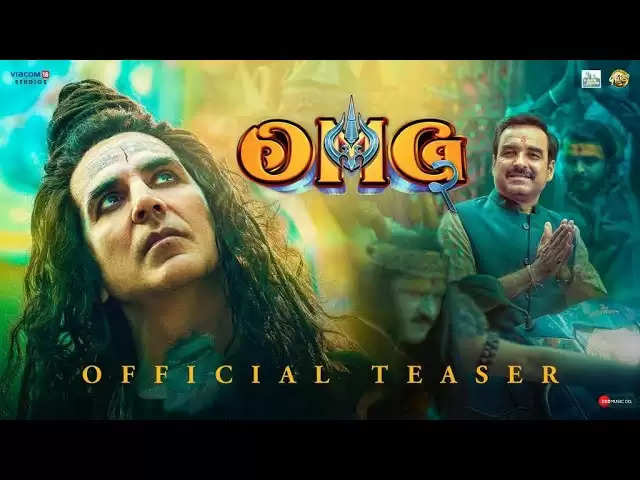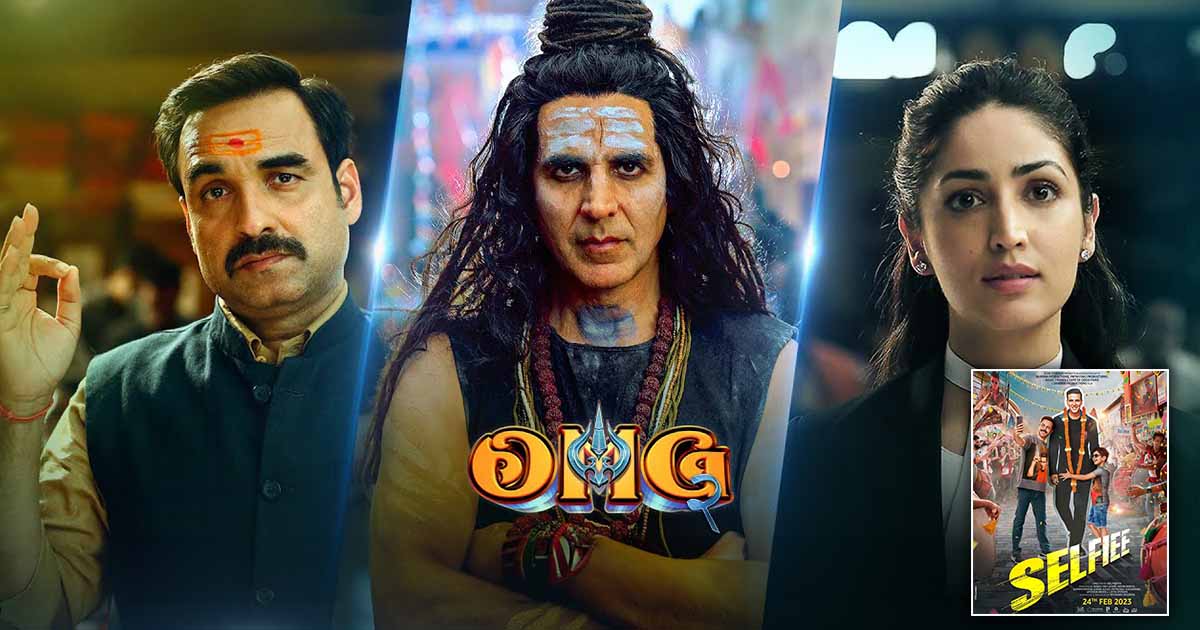OMG 2 Ending Explained

Exploring the Intriguing Ending of "OMG 2"
In the world of cinema that challenges our intellect and beliefs, "OMG 2: Oh My God!" stands as a beacon, provoking discussions on the intersections of religion, ethics, and societal change. With its intricate narrative and captivating characters, the film engages its audience deeply, leaving us to contemplate the intricacies of its message during its final moments. In this exploration of the film's ending, we delve into layers of meaning that enrich the overarching themes of the story.
The Culmination of "OMG 2"

As the climax of the movie unfolds, we find ourselves in a courtroom, a battleground of values where justice hangs in the balance. Kanti Sharan Mudgal (played by Pankaj Tripathi), an ardent devotee of Lord Shiva, becomes the central figure in a legal battle against a school that expelled his son for an action that unravels layers of societal norms. The anticipation of the verdict is palpable as Kanti, aided by his lawyer Kamini (Yami Gautam) and the mysterious Shiva (Akshay Kumar), stands on the precipice of a significant life change.
Interpreting the Ambiguity
The conclusion of "OMG 2" weaves a delicate tapestry of ambiguity, encouraging audiences to reflect on the nature of belief, intervention, and personal discovery. While Kanti's courtroom victory is met with jubilation, it is the disappearance of Shiva that invites contemplation. Was Shiva a real presence, or a manifestation of Kanti's desires and apprehensions? This question lies at the heart of the film's open-ended ending, fostering diverse interpretations of spirituality and the divine's role in our lives.
Embracing Divergent Views
One possible perspective is that Shiva, in his ethereal form, truly guided Kanti through his tumultuous journey. This viewpoint resonates with the film's central theme of divine intervention aiding those who seek justice and stand up for what is right. Shiva's enigmatic presence acts as a catalyst for Kanti's transformation, inspiring him to challenge societal norms and question religious taboos. In this reading, the ending emphasizes that those who ardently pursue righteousness are accompanied by divine forces.
Delving into the Imagination
Conversely, the notion that Shiva exists solely in Kanti's imagination encourages us to explore human psychology and faith. Kanti's deep reverence for Lord Shiva might have manifested as a spiritual guide, representing his inner convictions. This interpretation aligns with the film's exploration of multifaceted belief systems and their profound impact on our decisions and actions. Shiva's disappearance could signify the completion of Kanti's inner journey, where he not only confronts legal obstacles but also challenges his preconceived notions.
The Agency of Choice and Self-Discovery
The film's uncertainty regarding Shiva's existence mirrors the complexity of faith itself. "OMG 2" advocates for individuals to embrace self-discovery and assertiveness, rather than solely relying on divine intervention. Regardless of whether Shiva's presence is factual or symbolic, Kanti's transformation underscores the significance of personal growth and the potential for change when individuals take control of their destinies. In this light, the ending accentuates human agency and the capacity for meaningful change.
Themes of Justice and Societal Transformation
The thematic richness of "OMG 2" intertwines justice, societal metamorphosis, and the interplay between faith and action. Kanti's pursuit of justice for his son becomes a metaphor for the broader struggle against regressive societal norms. The courtroom serves not only as a battleground for Vivek's future, but also as a platform to acknowledge and confront taboos. The ending encapsulates the film's core message: breaking free from traditional constraints to foster an enlightened, inclusive future.
Cinematic Craftsmanship
Amit Rai's direction and screenplay are meticulously crafted, leading audiences through the intricate narrative. Rai's measured approach allows thought-provoking dialogues and character dynamics to take center stage. This is particularly evident in courtroom scenes, where Kanti's arguments draw from Hindu scriptures and traditions. This juxtaposition of ancient wisdom with contemporary challenges mirrors the film's endeavor to reconcile faith with modernity.
Impactful Performances
The performances in the film add layers of authenticity and emotion to the story. Pankaj Tripathi's portrayal of Kanti showcases his ability to infuse depth into characters. He masterfully portrays Kanti's evolution from staunch traditionalism to progressive enlightenment. Yami Gautam as Kamini delivers a strong performance as a formidable legal adversary, representing the clash between conservative viewpoints and winds of change. Akshay Kumar's enigmatic portrayal of Shiva contributes an air of mystery, whether as a divine guide or a manifestation of Kanti's inner conflicts.
A Contemplative Cinematic Experience
In conclusion, the ending of "OMG 2: Oh My God!" is a lesson in storytelling ambiguity. It transcends linear storytelling, urging viewers to embark on a journey of introspection and interpretation. The dichotomy between faith and rationality, intervention and self-empowerment, finds its zenith in the film's climactic scenes. Amit Rai's directorial finesse and exceptional performances amplify the impact of the ending, leaving us with more questions than answers.
Reflecting on the Odyssey
As we ponder Kanti's journey, we find ourselves grappling with our own beliefs. The film challenges us to question the boundaries of faith, the influence of tradition on our perspectives, and the potency of societal transformation. "OMG 2" triggers discussions that extend beyond the theater, compelling us to confront the intricacies of religion, justice, and human agency.
In the Tapestry of Cinema
"OMG 2: Oh My God!" cements itself as a thought-provoking masterpiece, beckoning us to decipher its enigmatic ending and embrace the transformative odyssey it unfolds.
Watch the Trailer of OMG 2 Movie
Frequently Asked Questions (FAQs)
1. Was Shiva real or a figment of Kanti's imagination?
The film deliberately leaves this question unanswered, allowing viewers to form their own interpretations of Shiva's existence. This ambiguity encourages reflection on the nature of faith and spirituality.
2. What message does the film's ending convey?
The ending suggests that the divine may not always conform to our expectations. Shiva, depicted unconventionally, challenges preconceived notions of godliness, emphasizing his mysterious and unpredictable nature.
3. What insight does the film offer about God and justice?
The film proposes that divine support is extended to those who champion justice. Kanti's journey, where he stands up for what's right, aligns with a deeper message of divine intervention on the side of righteousness.
4. What does the film convey about individual power?
The film underscores our capacity to shape our destinies. Kanti's transformation and his ability to overcome doubts exemplify the film's emphasis on individual empowerment and self-determination.
5. Why does the film opt for an open-ended ending?
The open-ended conclusion encourages contemplation and individual interpretation. By avoiding a definitive answer, the film provokes thought and keeps the conversation alive beyond the screen.

